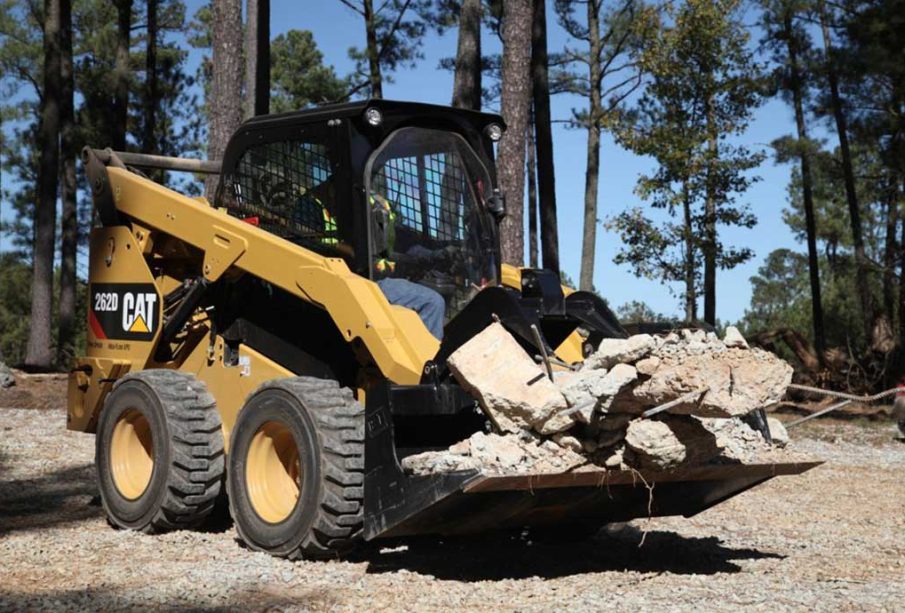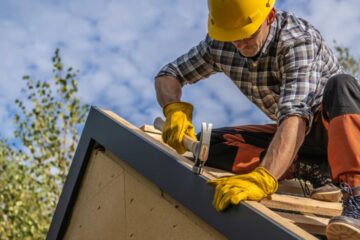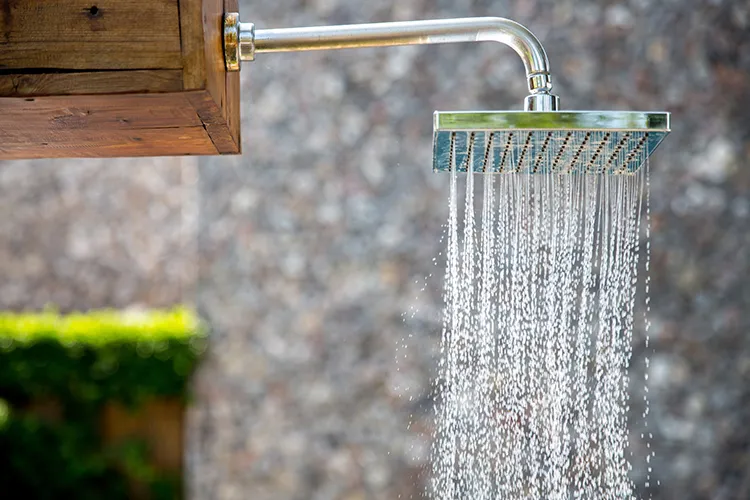How to Safely Operate a Skid Steer Loader

Skid steer loaders are compact, powerful machines commonly used in construction, landscaping, agriculture, and snow removal. Their versatility makes them valuable on a wide range of job sites. However, like any piece of heavy equipment, they must be operated with safety top of mind.
Whether you own your own machine or are using a skid steer rental, proper operation and safe practices are key to avoiding accidents and minimizing costly downtime. Below, we’ll walk through essential safety tips for operating a skid steer, including pre-operation checks, in-cab safety measures, and safe working habits on the job.
Why Safety Matters with Skid Steer Loaders
Despite their size, skid steers are powerful machines that can be dangerous if used improperly. Their compact design, zero-radius turning, and high lifting power make them prone to tipping, especially when operated on uneven ground or with heavy loads.
In addition, blind spots behind the cab and around the attachment area can increase the risk of hitting nearby workers or structures. Most skid steer accidents happen due to operator error, rushing the job, or skipping key safety steps. That’s why taking the time to understand safe operation is essential for every user, especially when handling unfamiliar equipment from a skid steer rental.
Pre-Operation Safety Checks
Before getting into the cab, do a complete walkaround to check the machine’s condition. Here’s what to look for each day before starting work:
- Fluid Levels: Inspect engine oil, coolant, and hydraulic fluid. Top off if needed.
- Leaks: Check for fluid leaks under the machine and around hydraulic hoses or fittings.
- Tires or Tracks: Look for wear, damage, or debris stuck in the undercarriage.
- Lift Arms & Attachments: Examine the bucket, forks, or other tools for cracks or loose pins.
- Safety Devices: Ensure that backup alarms, lights, seat belts, and interlock systems are functioning properly.
If you’re using a skid steer rental, it’s especially important to report any damage before use. This protects you from being held responsible for pre-existing issues and helps avoid unexpected failures during your project.
Entering and Exiting the Cab Safely
It may sound basic, but many injuries happen while getting into or out of the machine. Use the following steps every time:
- Face the machine when climbing in or out
- Maintain three points of contact (both hands and one foot or both feet and one hand)
- Never jump down from the cab
- Remove mud or debris from your boots to prevent slipping on the steps or controls
Before starting the engine, ensure the seat belt is fastened and the cab door is closed, especially if working in rough terrain.
Understanding Skid Steer Controls
Take a moment to familiarize yourself with the controls before using any skid steer loader. While control layouts are similar across models, there may be differences in joystick sensitivity, auxiliary controls, or safety lockout procedures.
- Foot or hand pedals may be used for boom and bucket control depending on the model.
- Joystick controls often manage forward/reverse, turning, and loader arm movement.
- Some newer models feature electronic displays and safety interlocks that prevent movement unless seat belts are buckled.
Review the operator manual or request a quick walkthrough if you’re renting a unit. When using a skid steer rental, never assume the controls are the same as a machine you’ve operated before.
Stay Alert to Your Surroundings
A skid steer’s low cab and limited rear visibility make situational awareness extremely important. Always:
- Use mirrors or a rearview camera if available
- Keep an eye out for people walking near the machine
- Use a spotter if working in tight or congested areas
- Avoid operating too close to edges, drop-offs, or trenches
Communication with other workers on-site is key. Use radios or hand signals to coordinate movement and prevent accidents.
Load and Unload with Caution
One of the leading causes of skid steer accidents is tipping over while lifting or dumping loads. To avoid this:
- Keep loads low while driving
- Drive up and down slopes straight—not sideways
- Reduce speed when turning, especially with a loaded bucket
- Never exceed the machine’s rated lift capacity
Make sure attachments are secured properly before operation. If swapping between buckets, augers, or other tools, double-check pins and hydraulic connections before use.
Avoiding Rollovers and Tip-Overs
Even compact skid steers can become unstable under certain conditions. Here’s how to reduce the risk of rollover:
- Don’t raise the loader arms while turning or driving on a slope
- Always travel with the heaviest side of the machine facing uphill
- Slow down when turning with a load
- Avoid sudden stops, starts, or sharp directional changes
If a machine begins to tip, never try to jump out. Stay in the cab, keep your seatbelt fastened, and brace yourself with your hands on the controls until the machine settles.
Parking and Shutting Down
At the end of the day or during breaks, follow these steps to shut down the machine safely:
- Lower the bucket or attachment to the ground
- Shift the controls to neutral
- Set the parking brake
- Turn off the engine and remove the key
- Exit the cab safely using three points of contact
If you’re returning a skid steer rental, also perform a final walkaround to check for damage and clean the cab if needed. This helps avoid added charges and ensures the machine is ready for the next user.
Safety Gear and Operator Training
Wearing the right safety gear is another simple but important part of skid steer operation. At minimum, operators should wear:
- Hard hats
- Steel-toed boots
- Safety glasses
- High-visibility vests
Training is also critical. Even experienced equipment users should be trained on each specific skid steer model, especially when using new technology or attachments. Formal operator certification isn’t required in all locations, but it’s a good idea to provide or request training from your rental provider or employer.
Final Thoughts
Skid steer loaders are incredibly useful machines, but they come with risks that must be managed with care. Whether you’re operating your own unit or using a skid steer rental, daily checks, good habits, and strong situational awareness go a long way in protecting you and your team.
By following the safety steps outlined above, you can help reduce accidents, extend equipment lifespan, and keep your projects running smoothly. Safety might take a few extra minutes at the start of each shift—but it pays off in uptime, efficiency, and peace of mind.













